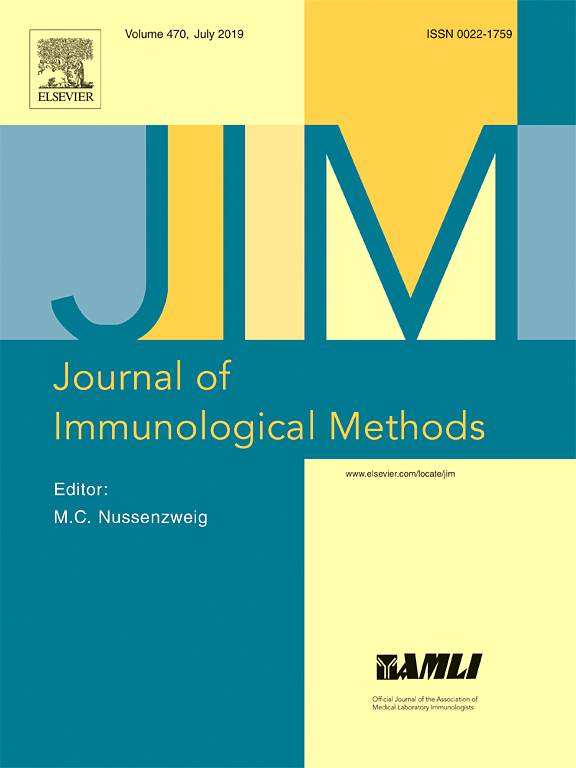Ver ítem
- xmlui.general.dspace_homeCentros e Institutos de InvestigaciónCICVyA. Centro de Investigación en Ciencias Veterinarias y AgronómicasInstituto de BiotecnologíaArtículos científicosxmlui.ArtifactBrowser.ItemViewer.trail
- Inicio
- Centros e Institutos de Investigación
- CICVyA. Centro de Investigación en Ciencias Veterinarias y Agronómicas
- Instituto de Biotecnología
- Artículos científicos
- Ver ítem
A computational study of the interaction of the foot and mouth disease virus VP1 with monoclonal antibodies
Resumen
Foot and mouth disease is caused by a non-enveloped virus (FMDV), which disposes several antigenic sites at the surface of their capsid proteins. The most relevant and immunodominant antigenic site of FMDV (site A or AnSA) includes a key virus–cell interaction element (RGD motif) located in the Viral Protein 1 (VP1), more precisely at the GH loop. AnSA includes a set of overlapped and mainly linear epitopes, which are the main targets of the humoral
[ver mas...]
Foot and mouth disease is caused by a non-enveloped virus (FMDV), which disposes several antigenic sites at the surface of their capsid proteins. The most relevant and immunodominant antigenic site of FMDV (site A or AnSA) includes a key virus–cell interaction element (RGD motif) located in the Viral Protein 1 (VP1), more precisely at the GH loop. AnSA includes a set of overlapped and mainly linear epitopes, which are the main targets of the humoral immune response. Taking advantage over specific structural features of the GH loop, we have evaluated the influence of every amino acid residue at AnSA in the interaction with 2 neutralizing antibodies by molecular modeling techniques. Additionally, we constructed diverse interaction complexes with multiple site A mutants and discussed about the structural influence of amino acidic insertions in such relevant antigenic site of FMDV. Our approach is in agreement with previous ELISA experiments and allows the understanding of how FMDV mutations may alter the interaction with different antibodies, as we can estimate the contribution of each amino acid to the interaction. Overall, our work contributes to the development of specific vaccination strategies for FMD control.
[Cerrar]

Autor
Marrero Diaz De Villegas, Rubén;
Rodríguez Limardo, Ramiro;
Carrillo, Elisa Cristina;
Konig, Guido Alberto;
Turjanski, Adrián G.;
Fuente
Journal of Immunological Methods 425 : 51-57 (October 2015)
Fecha
2015-10
Editorial
Elsevier
ISSN
0022-1759
Formato
pdf
Tipo de documento
artículo
Palabras Claves
Derechos de acceso
Restringido
 Excepto donde se diga explicitamente, este item se publica bajo la siguiente descripción: Creative Commons Attribution-NonCommercial-ShareAlike 2.5 Unported (CC BY-NC-SA 2.5)
Excepto donde se diga explicitamente, este item se publica bajo la siguiente descripción: Creative Commons Attribution-NonCommercial-ShareAlike 2.5 Unported (CC BY-NC-SA 2.5)

